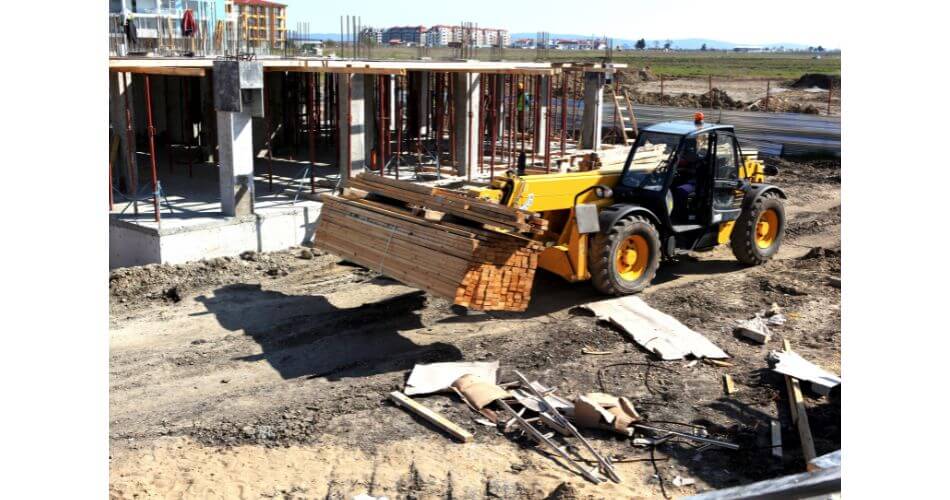Untangling the Complexities of Cumulative Effects on Strategic Developments
Michelle Quan, Associate Director at Boyer, reflects on the increasing complexity facing large strategic allocations and considers how the application of the tests identified in Wingfield can assist practitioners to identify interdependency when screening development.

Image: ©
The Planning Practice Guidance (‘PPG’)1 is clear that “each application (or request for a screening opinion) should be considered on its own merits”. However, the PPG goes on to note that there may be occasions “when other existing or approved development may be relevant in determining whether significant effects are likely as a consequence of a proposed development”. Local Planning Authorities (LPA’s) are thereby required to “always have regard to the possible cumulative effects arising from any existing or approved development”.
The assessment of cumulative effects has become progressively more complex particularly in relation to strategic developments. Increasingly, it is common for strategic developments to be delivered in separate phases, with separate planning applications, often by different Applicants, over long time periods with varying levels of interdependency. This presents an increasingly complex challenge for LPA’s seeking to screen development and assess cumulative effects, as well as Applicants seeking to deliver development projects.
The PPG advises that “an application should not be considered in isolation, if in reality, it is an integral part of a more substantial development (Judgment in the case of R v Swale BC ex parte RSPB [1991] 1PLR 6). In such cases, the need for Environmental Impact Assessment must be considered in the context of the whole development. In other cases, it is appropriate to establish whether each of the proposed developments could proceed independently (R (Candlish) v Hastings Borough Council [2005] All ER (D) 178 (Jul); Baker v Bath & North East Somerset Council [2009] All ER (D) 169 (Jul)).”
The issues of isolation and independence have been considered in detail by the Courts including the cases of R (Larkfleet Ltd) v South Kesteven DC [2016]2 and R (Leckhampton Green Land Action Group Ltd) v Tewkesbury BC [2017]3. In the latter case, the Court considered whether an application for a proportion of a much larger allocated site required an EIA for the entirety of the allocation and concluded that “the approval of the smaller scheme was not dependent upon approval of the development on the remainder of the strategic site. The smaller development could go ahead in any event, whether or not the wider allocation was approved.”
Most recently, the case of R (Wingfield) v Canterbury CC [2019]4 has identified a non-exhaustive list of relevant factors to be considered. These include:
- Ownership – whether two sites are owned or promoted by the same applicant and whether this would signal that they are a single project;
- Timescales – where two applications are considered and determined on the same day and is subject to reports which refer to each other, they may form a single project;
- Interdependency – where two parts of a development are reliant on each other, then they may form a single project; and
- Integration – whether a development can be delivered independently of another development or is an integral part of a wider scheme.
Accordingly, where a planning application is submitted which relates to a phase of a wider strategic development, if that submission:
- is made by a single applicant with no other interests in the local area;
- will not be determined simultaneously with other applications for development within the strategic area;
- can function entirely independently of other proposals in the strategic area; and
- can be delivered entirely independently of the wider strategic area.
Then the tests identified in Wingfield are likely to be met and whilst a non-exhaustive list, are likely to indicate that a development can be considered as a separate project from the wider strategic area.
The fact that a site lies within a wider site allocation does not therefore, inherently result in the entire site being considered a single project for EIA purposes.
Accordingly, Applicants and LPA’s should seek to unpick the individual circumstances of each project when undertaking the screening process, and in particular consider the spatial and temporal overlap, in order to ensure that development is not unnecessarily delayed or subject to unnecessary assessment, whilst still ensuring that the necessary protection of the environment is secured.
Michelle Quan, Associate Director, Boyer, August 2022.
References:
1https://www.gov.uk/guidance/environmental-impactassessment
2https://www.bailii.org/ew/cases/EWCA/Civ/2015/887.html
3https://www.bailii.org/ew/cases/EWHC/Admin/2017/198.html
4https://www.bailii.org/ew/cases/EWHC/Admin/2019/1975.html
For access to more EIA articles, case studies and hundreds of non-technical summaries of Environmental Statements visit: http://www.iema.net/eia-quality-mark/

